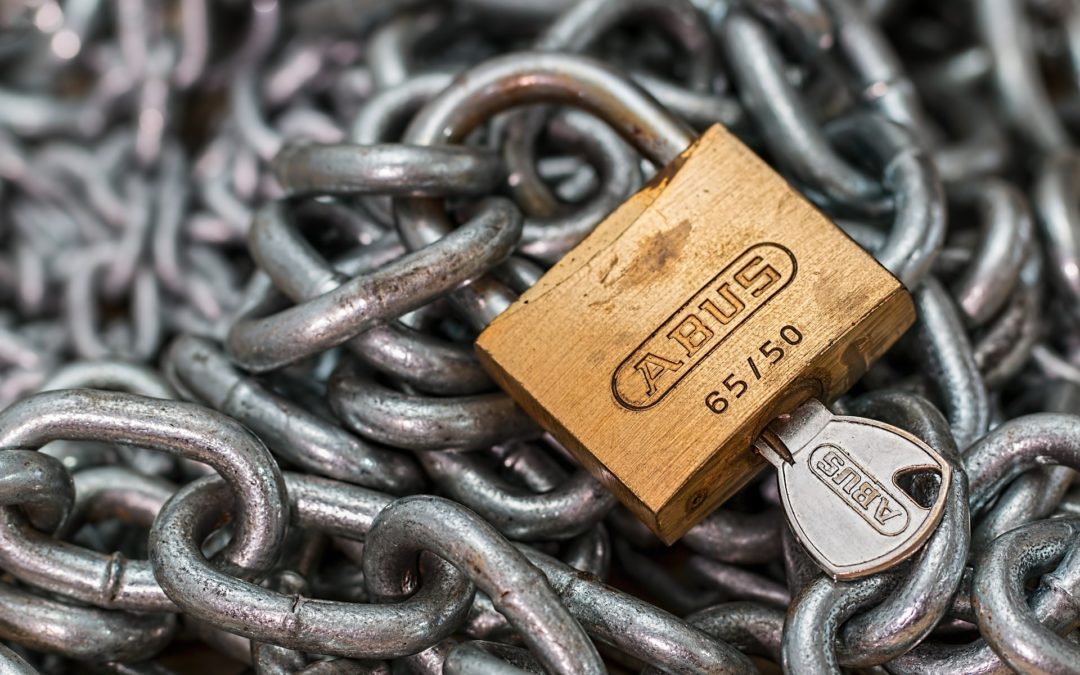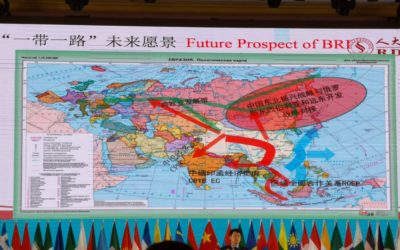15th Oct, 2018 - 2iB Partners attended the Silk Road Summit Conference in Zhang Jia Jie, China along with some other Singapore delegates. The conference was attended by Delegates from more than 80 countries attended the Summit, including former...

3 Tips on Protecting your Intellectual Property
Introduction
Intellectual Property or IP used to be known as industrial property. With the inclusion of various other works such as art and trading names which involved 3 basic elements – time, effort and money, the term changed from industrial property to intellectual property. The basic tenets for qualification of IP protection are novelty and distinctiveness.
IP registrations or regulations began from 1700s. IP basically covers the following:
1. Trademarks
2. service marks
3. copyright
4. patent
5. design
6. an extension to protection of IP are trade secrets and confidentiality.
IP rights may be a bundle or rights such as in copyright and a complete monopoly such as in patents. It may be a limited protection such as designs or last forever such as trade / service marks. There may be alternate forms of protection of IP, for instance, protection of a 3-dimensional representation by a 2-dimensional representation. If it can be proven that independent time, effort and money have been expended to arrive at a product, it may form a separate subject matter of IP protection.
3 tips on protecting your IP
1. Convert your idea into a tangible form – on paper, digital media, scraps, models
2. Use documentation to protect or prove your IP
3. Register your IP in countries you are most likely to use or where your IP may find application
With the advent of internet and new technologies such as AI, blockchain and machine learning, global application of IP has taken on different forms and one has to be more careful of violations apart from possibility of IP violation, misappropriation, infringement or passing off. Aspects of defamation by libel may also be covered in social media. Documents like confidentiality agreements, intra-companies and inter-companies are critical in IP.
Individuals or companies strive to popularize their trademarks. But in doing so, they run the risk of losing their rights when it becomes generic. Some interesting examples where you may not have know were real trademarks, but turned victims of genericization are provided below. The actual description, origination and generic names and its company owners have been included next to them.
1. Aspirin – acetylsalicylic acid; Bayer AG
2. Heroin – derived from “heroisch”, a German word; Bayer AG
3. Band-Aid – adhesive bandage or medicated plaster; Johnson & Johnson
4. Cellophane – regenerated cellulose and diaphane
5. Escalator – letter “e” + “scala”, meaning steps in Latin; Otis Elevator Co.
6. Trampoline – from “trampolin” a Spanish word for diving board
7. Thermos – vacuum flask, from the Greek word “therme” meaning heat;
8. Kerosene – combustible hydrocarbon liquid; The North American Gas Light Company
9. App store – an online store for applications; owned by Apple who abandoned it in 2013
10. ZIP code – Zone Improvement System; United States Postal Service
11. Zipper – another noun for the generic “zip”; B. F. Goodrich
12. Xerox – photocopy; Xerox Corporation
Some trademarks which are being used generically and are already generic in some countries:
1. Kleenex – facial tissue; Kimberley-Clarke
2. Frisbee – flying disc; Wham-O
3. Bubble Wrap – inflated cushioning; Sealed Air
4. Adrenalin – Epinephrine: Parke-Davis
5. Hula-hoop – toy hoop; Wham-O
6. Jacuzzi – hot tub; Jacuzzi
7. Memory stick – flash memory storage device; sony
8. Styrofoam – extruded polystyrene foam; Dow Chemical Company
9. Superglue – Cyanoacrylate adhesive; Super Glue Corporation
10. Velcro – hook and loop fasteners; Velcro Company
In fact, your word processor may not even register these as incorrect spellings and who would use the generic or correct name for some that are more appropriately named trademarks!
For partnerships, speaker and general business enquiries with 2iB Partners:
| Contact Person | Dylan Tan |
| Designation | COO |
| Dylan@2ibpartners.com |
YOU MAY LIKE
2iB Partners goes to Silk Road Summit 2018 in Zhang Jia Jie, China
M&A – The Legal Angle
M&A - The Legal Angle The solution and problem in a merger or acquisition is regulatory in nature. In all cross-border deals, there is no go-around to regulations. Laws are enacted to essential protect life and property of its citizens. Therefore, it...
Why M&As Go Wrong
Acquisitions that are rushed can result in problems and challenges after closing in a transaction: Some of the reasons why M&As go wrong are: 1. Assumption Asymmetry Leaders and owners may over value a target by making assumptions including...
[Video] 2iB Partners Speaks at Southeast Asian M&A and Corporate Investment Conference 2017
In the above video, Managing Director of 2iB Partners, Mr. Yang Yen Thaw delivers a 50 minute speech on Legal issues in cross-border Mergers & Acquisitions (M&A) and a new approach to M&A. 2iB Partners formed part of a repertoire of experts...
Panelist Commentary on Fintech in Healthcare: Partnerships & Regulatory Frameworks – 27 October 2017
A commentary by Yang Yen Thaw on his views in the panel discussion on Accelerating Innovation: Partnerships & Regulations on the topic "Fintech in Healthcare". The panelists were Yang Yen Thaw, Managing Director of 2iB Partners, Astrid S. Tuminez, Regional...
8 Points to consider for an IPO
In the previous parts, for Preparing your Company for a Liquidity Event, we covered: 8 Preparatory Steps 8 Considerations 8 Legal Points For the last installment of the series, we’d like to touch on a little on the supposed “holy grail” of companies – the...




![[Video] 2iB Partners Speaks at Southeast Asian M&A and Corporate Investment Conference 2017](https://2ibpartners.com/wp-content/uploads/2017/11/B87I9434-400x250.jpg)

